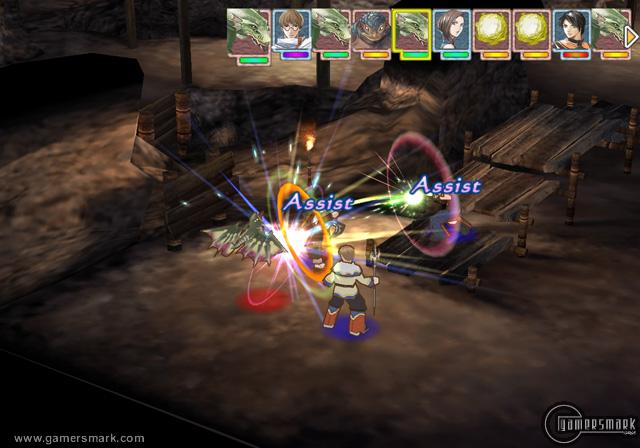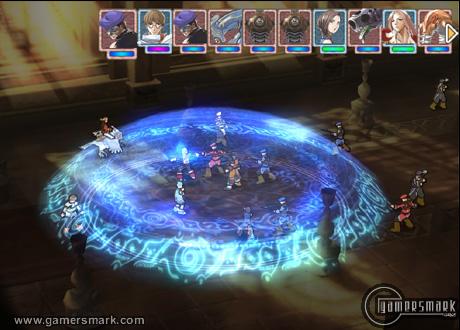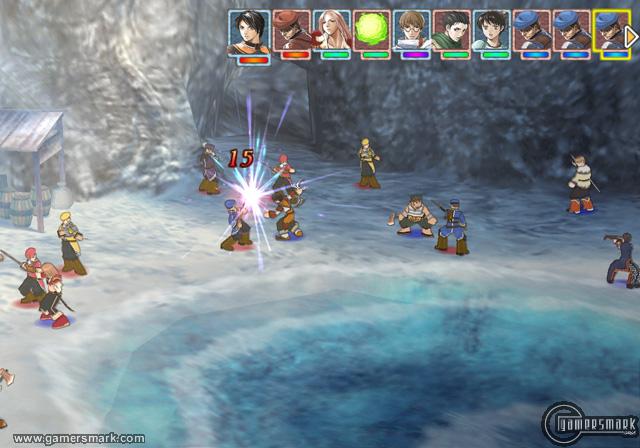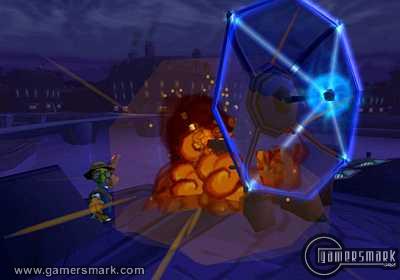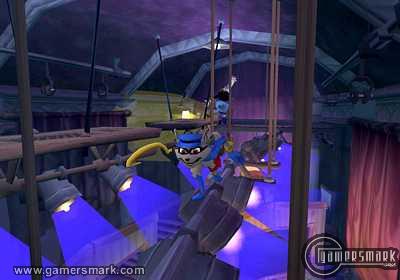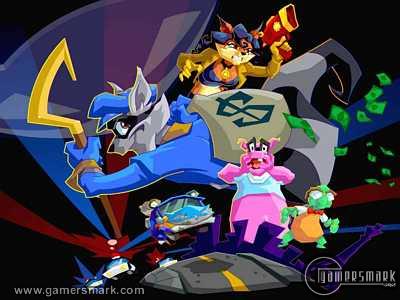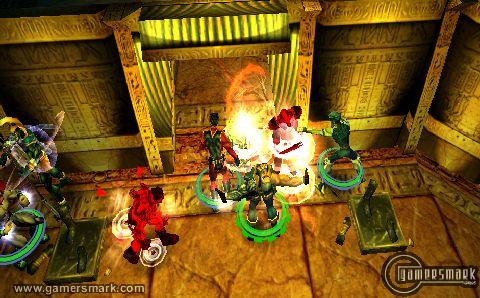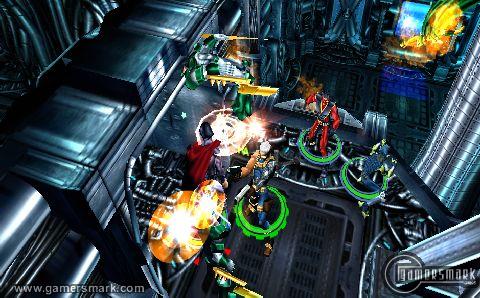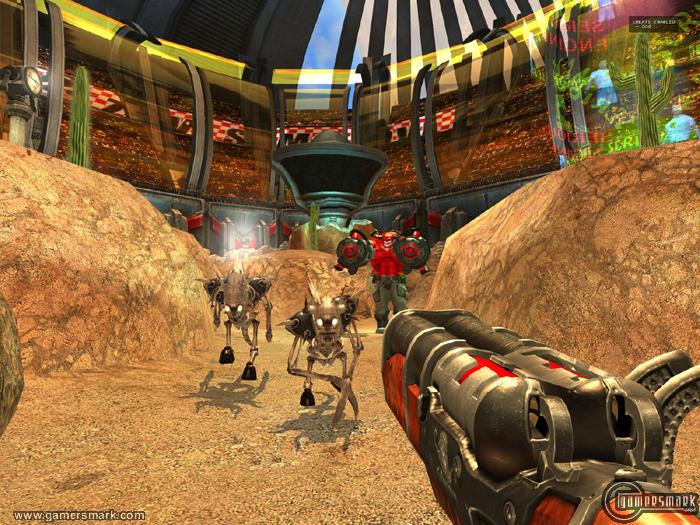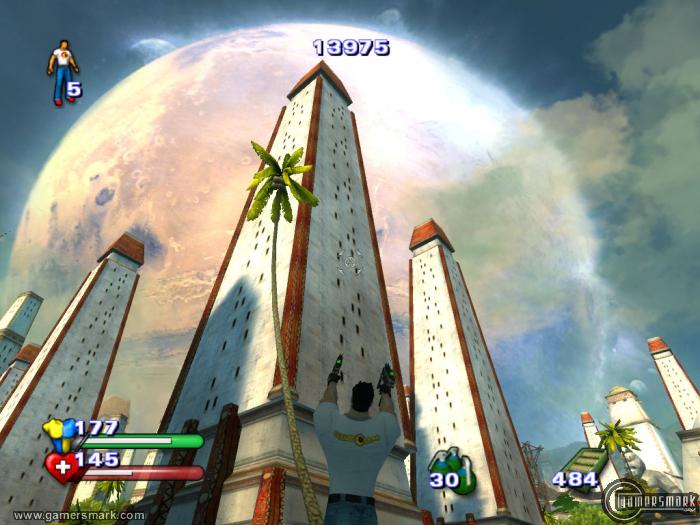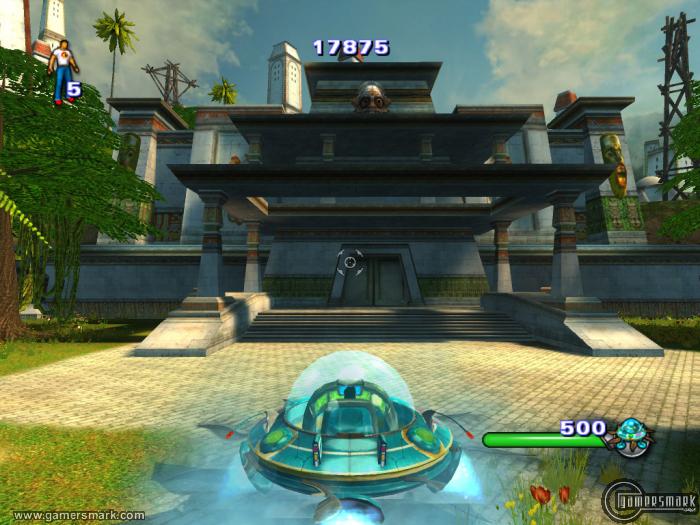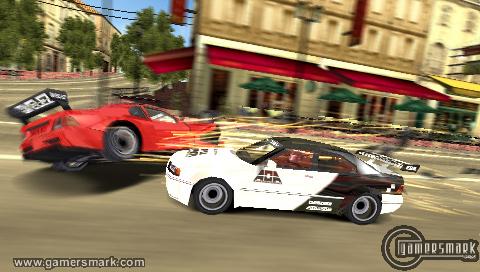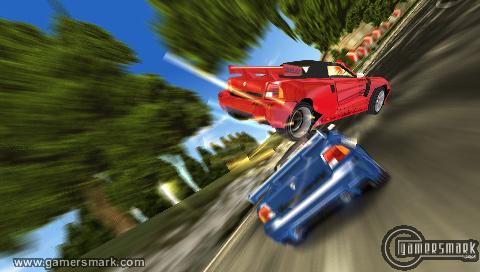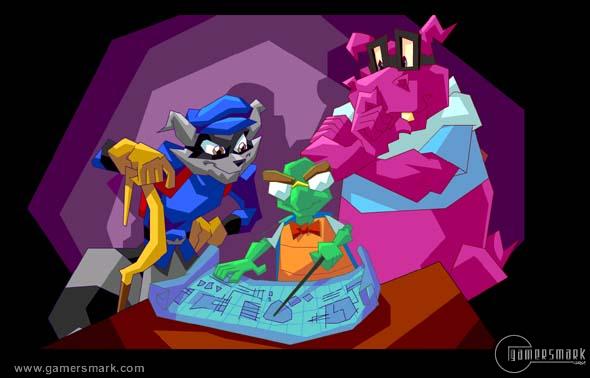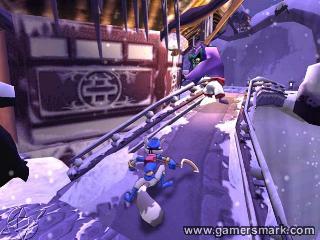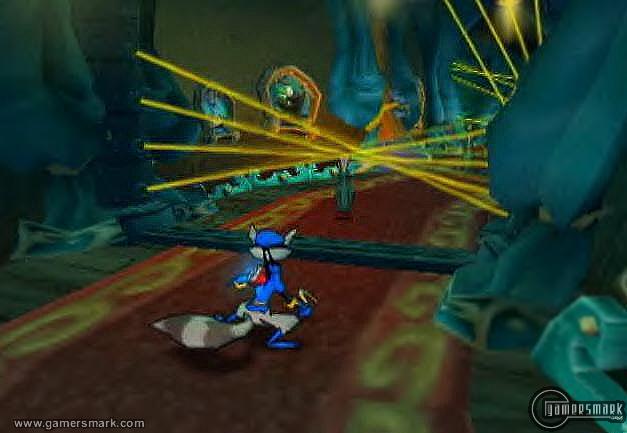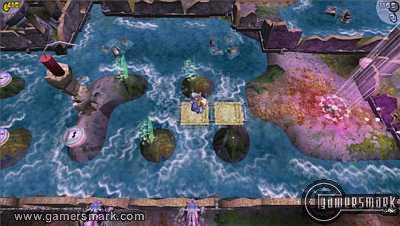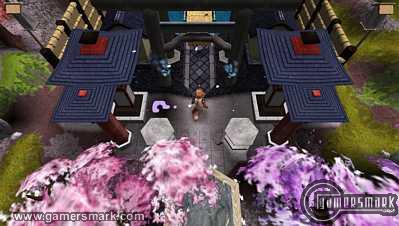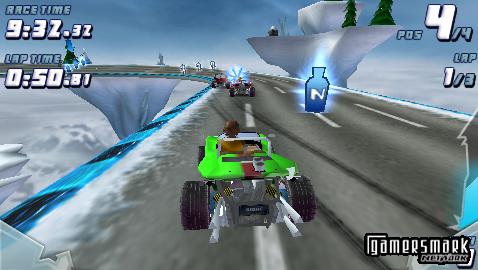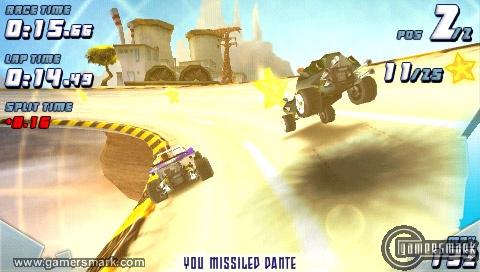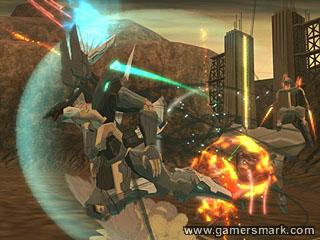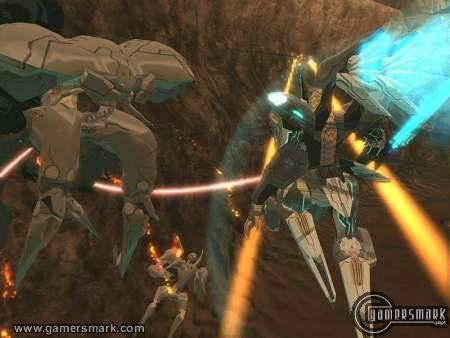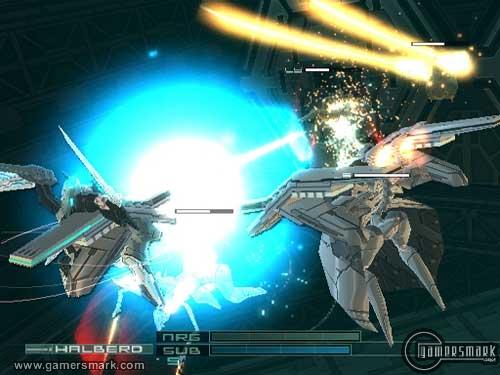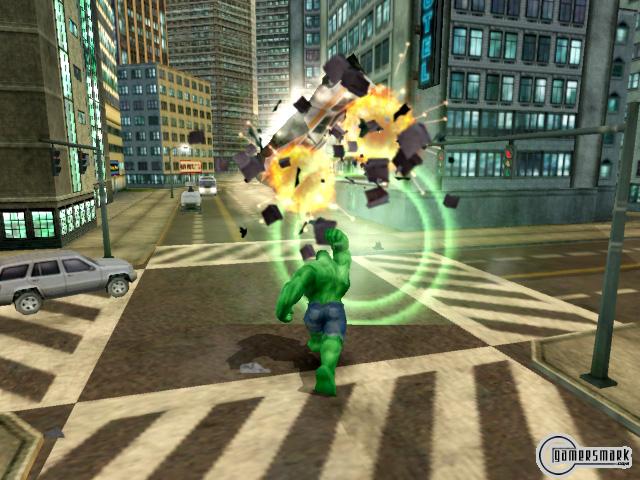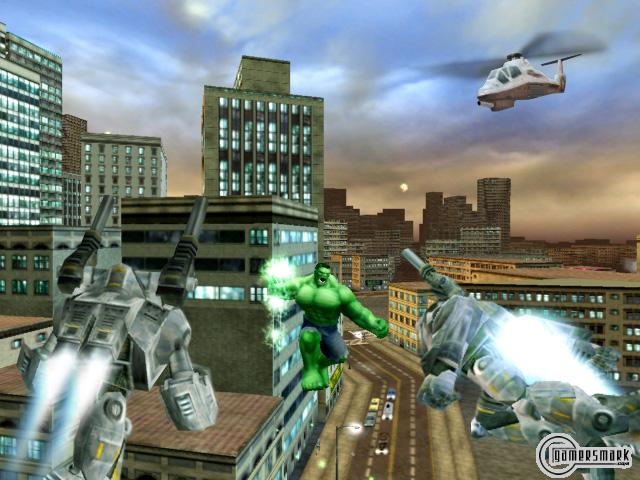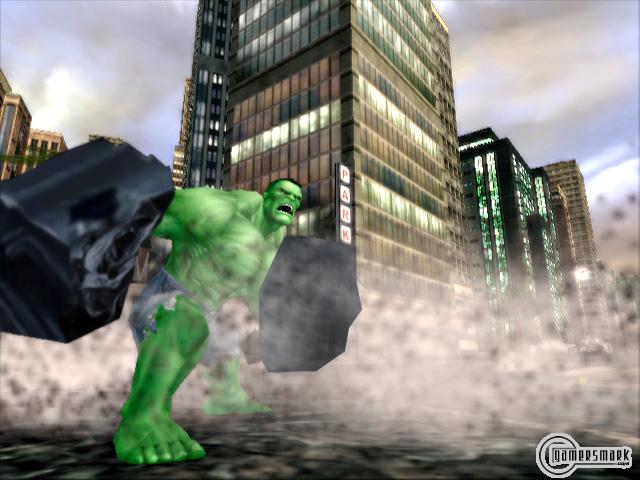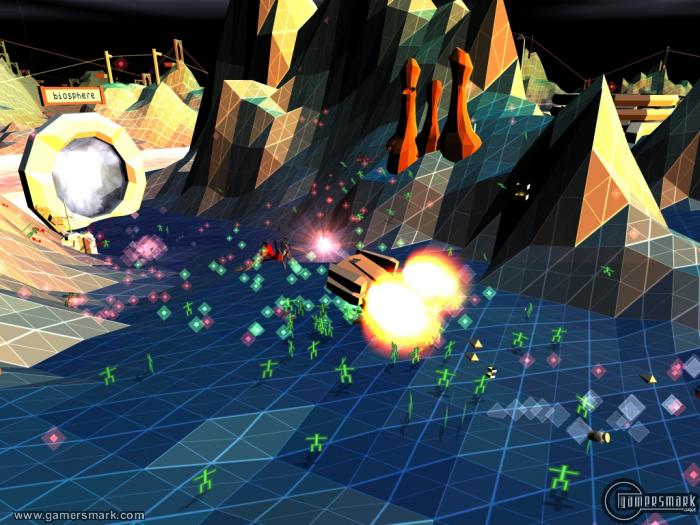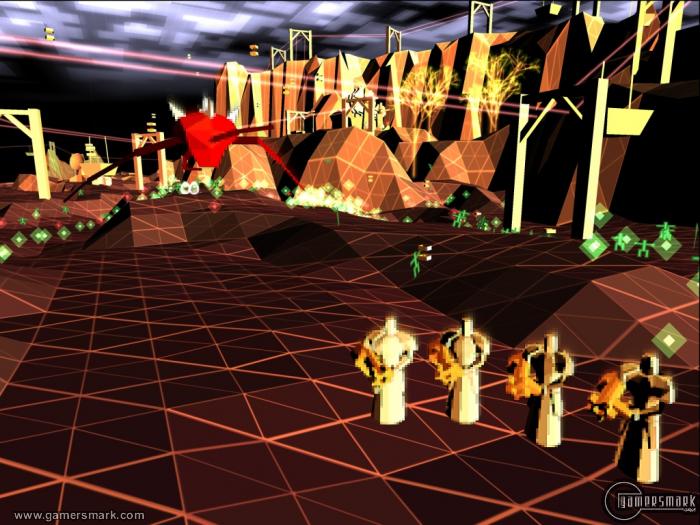Developer/Publisher: Konami || Overall: 8.9/10
Konami’s Suikoden RPG series has finally gotten its own strategy RPG offshoot, in the form of Suikoden Tactics for the Playstation 2. Rather than comparing Suikoden Tactics to widely known staples of the genre, it would be more appropriate to compare it to another recently released strategy RPG — Stella Deus: The Gate of Eternity, from Atlus. If you’re in the market for a new strategy RPG, Suikoden Tactics would be an excellent choice, even on its own merits.
Suikoden Tactics takes a while to set up the story; it takes nearly two hours before you can really start to catch on to what might (or might not) be happening. From what you might be able to gather from the first couple hours (as to not spoil anything later on) is that the story has something to do with a band of travelers trying to find information about Rune Cannons, the main character being named Kyril. The traveler’s interests in Rune Cannons are not explained, but during their search they stumble upon, presumably, a Rune Cannon that changes people into fish-human hybrids. However, the origins of the protagonists and their interests in Rune Cannons becomes a subplot (or takes a backseat, rather) to events and conspiracies revolving around Rune Cannons in general. Even more puzzling is the weird goat girl that never says anything and doesn’t partake in battles, but follows the main character wherever he goes. The beginning stages of the story are fragmented, and take place over a number of in-game years, however, its not all that complicated. The most important point about the story is its ability to keep the interest in playing the game.
Suikoden Tactics takes all that has made strategy RPGs great in the past, and rolled it up into a neat, polished package. Not only that, but it adds on a level of complexity (in the form of elements), forcing you to be more tactical in your approach to each battle. In regards to controls, Suikoden Tactics uses the tried and true command-menu. Unfortunately, after experiencing the “Direct” control scheme implemented in Stella Deus: The Gate of Eternity, which sped up battles considerably by making buttons shortcuts to individual commands that would normally be on the command-menu, it makes it seem like Suikoden Tactics is lacking in that department. However, Suikoden Tactics is considerably more complex, and there are aspects of the game that make battles go faster, so it evens out the playing feel in that regard.
As said before, the usual features in a strategy RPG are present. There are the side quests in which you can send a party member to accomplish, side quests that you can actually participate in, the building and maintaining of an army of personality-less allies, and other bits and pieces. But it is the unique aspects of Suikoden Tactics that make the game shine, namely the elements. Elements are your usual magical properties in any RPG like Fire, Earth, Lightning, Water, etc. Each element has its own opposite, no surprises here. Where it gets more complex is that each character has an “affinity” to a certain element. So if a character had a Fire affinity, and they were standing in a square that had the elemental property of Fire, they would get “powered-up” – attack and defense are noticeably higher as well as the prospect of healing after every turn while in the friendly elemental field. Keeping that in mind, it becomes wise to try standing in friendly elemental areas, avoid opposites to your affinity, and manipulate the battlefield to your advantage. Enemies are also able to use elementals in the same way. Besides the elementals, there are other nifty aspects such as switching out party members for fresh troops (allowing you to exploit your whole army in a battle if need be), and mounting party members on animals you find along the way. There are also a number of battle skills that characters can learn that allow you to customize each of them in a way that will be optimal.
There are parts of the battle system that give leeway to speeding up each battle, as well as stepping out of the norm of regular strategy RPGs. There is no use of Action Points, normally seen in strategy RPGs, to dictate each character’s turn. They basically get to move and then act, but if they act before they move, they aren’t allowed to move again (unless they have the specific battle skill to do so). There are also no Magic Points, as the special skills and magic are lumped into a category called Runes; you can use a specific Rune skill a limited amount of times in each battle and the number you’re allowed to use them increases as you level up. If you equip the battle skill on a character to do so, a character can attack more than once during his or her action, speeding up the battle quite a bit compared to what it could be if the battle skill weren’t equipped.
The town and back-end systems aren’t too out of the ordinary. There are five different places in a town that are of interest: the Outfitter, the Blacksmith, the Quest Guild, the Rune Master, and in certain areas a training ground. The Outfitter is the place to buy your equipment and items; armor and hand gear being the most important, they can affect the status of a character. There are also about ten extra slots for each character to hold items or extra equipment as you so desire. At the Blacksmith, you simply upgrade the weapon each character has (there’s no weapon-choosing here, it’s just straightforward upgrading). The Rune Master is the place to go for your special skill and magic needs. When you acquire an orb you have to pay a Rune Master to equip or unequip the Rune Orb. There is also a training ground of sorts every so often where you are able to level up and find treasure. Oddly enough, a permanent death situation is presented in the training levels of the game, while not integrated into the story battles. So, what it basically means is you shouldn’t push the capabilities of your group so far as to have someone in your party die, making them not playable anymore.
Sound and graphics do take a place in the fold as well. Most notable for the sound portion of the game, the voice acting is either a hit or a miss. Many might not like the choice of voice work for the main character, because he comes off as a young adult with the voice of a ten year old, but any fan of the .hack series will recognize Kyril’s voice as Kite’s. You’ll probably be more able to accept the voice of Kyril if you played through the .hack games, like I have. Other voice work is moderate at best, sometimes falling lower than that. Graphics-wise, the game is modest at best. The characters are cel-shaded, and scenery isn’t that striking either. The entire story takes place with in-game animation; CG movies will be admittedly hard to come by, if there are any to speak of. However, we should probably be grateful they took the time to have in-game animations rather than still pictures talking back and forth a la Stella Deus: Gate of Eternity.
As for what is disappointing about the game, it mostly comes in its overall package. While yes, Suikoden Tactics is very recommendable for a strategy RPG, it doesn’t have that extra “oomph” to push it over the edge and make it one of those games you’ll cherish forever. If there were a better story (and to a lesser extent a stronger overall voice cast), the end product would have been better balanced between it and gameplay. Nevertheless, Suikoden Tactics is a refreshing experience for the strategy RPG fan.

